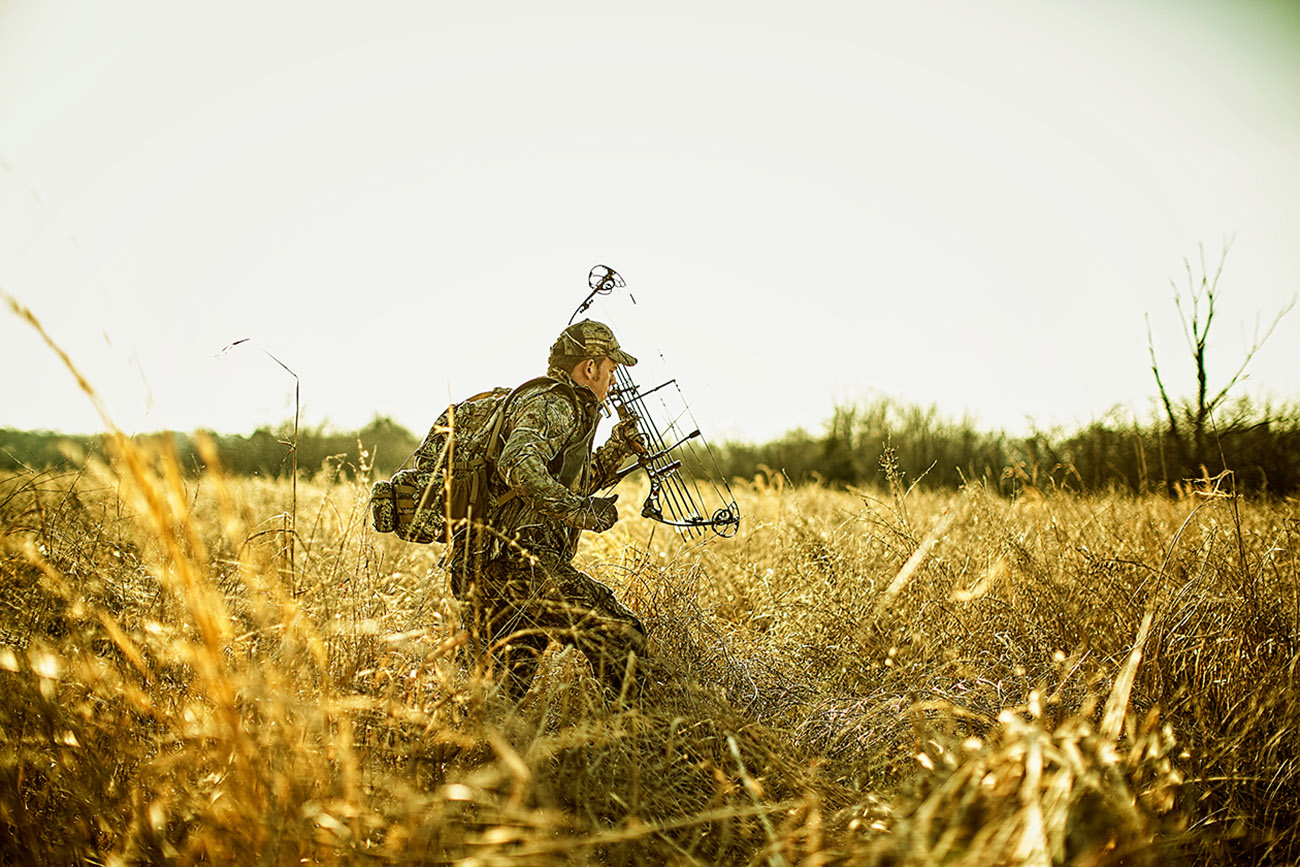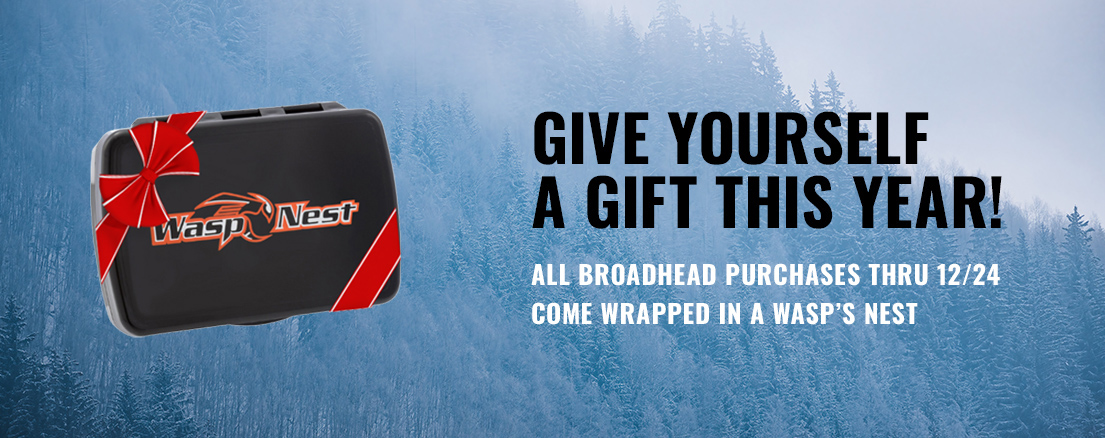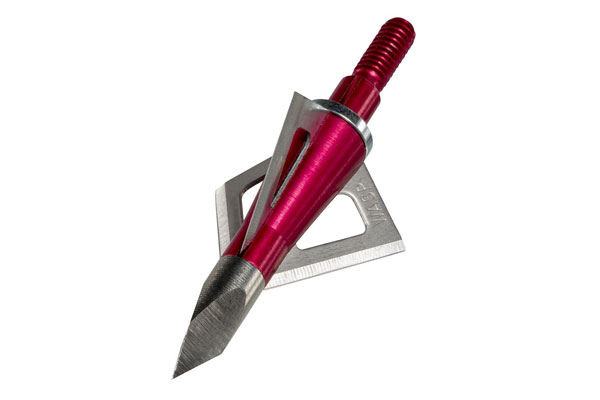How to track a deer with no blood trail
We’ve all been haunted by an occasion where we haven’t been able to track down a deer we’ve wounded. In a perfect world with the right equipment and an accurate shot, there should be a usable blood trail to follow that will lead you right to the animal. But this isn’t always the case. Everything doesn’t always line up perfectly and you may find yourself needing to track a wounded deer with little to no blood trail. Here are tips for doing this in the most effective way.
First, we wait
Wounding an animal during a hunt is an adrenaline-fueled process, and one that most certainly gets even the most seasoned hunter a little riled up. After the shot, the first thing you should do is take some time to gather yourself so you can coherently address the situation. Shed any layers of clothing you want and spend about 20 to 30 minutes preparing yourself to track. You’ll be much better equipped to locate the wounded animal following this cooldown period.
Analyze your shot
Once you’ve gathered yourself, you should analyze where the shot landed and how the deer reacted. If the deer jumped, kicked, and darted away quickly, there’s a good chance you caught its vitals. This means it shouldn’t be any more than 100 yards away. If you caught it in the stomach, however, it will most likely try to bed down, which could mean several hours until you should start heading after it.
Inspect the site of the shot
When you have a clear recollection of how the shot landed, inspect the ground around the deer’s initial location for any signs of disruption. The ground should be altered around the point of impact and can help guide you in the direction the deer took off once it was hit. It’s helpful to leave a marker at the initial point of impact for reference as you start to track the trail.
Is there any blood on the ground?
While there may not be a significant or trackable blood trail, there will likely be at least some blood on the ground at the location you hit the deer. If the blood is bright pink and bubbly, that typically indicates a lung shot, which means the deer will be nearby. Rich red blood also means the animal should be close, as that’s a sign of a shot near the heart. Dark blood suggests a kidney or liver shot and most likely means you’ll have to wait a couple hours to start your tracking. Yellowish-green blood is a worst-case scenario, meaning you caught the deer in the stomach and that it’s range of movement is unpredictably high.
Deer move in a circle
Regardless of the type of blood you discover, there’s a good chance the deer you shot is going to head downwind of its initial location at first. If you don’t have any idea which direction it takes off, start walking in a 40-yard circle from the point of impact. Keep an eye out for any distinctive colors – a white tail in the fall or brown fur if there happens to be snow on the ground.
Take a look at bedding areas
If you are familiar with any bedding areas around your hunting location, those are good locations to check to see if the deer has made its way there. Wounded deer like to head where they feel safe, and bedding areas are a sure bet for that.
Two trackers is better than one
If you’re hunting with anyone able to assist in the tracking process, that can be highly beneficial in locating the deer. Two sets of eyes and twice the experience tracking makes for a more effective process.
Wasp Archery has been providing bowhunters with American innovation for 45 years. Our long-lasting broadheads are tough and resistant and are designed to leave lethal blood trails any time they leave your bow. Shop our products today to start making the most of every kill.
View All Posts

